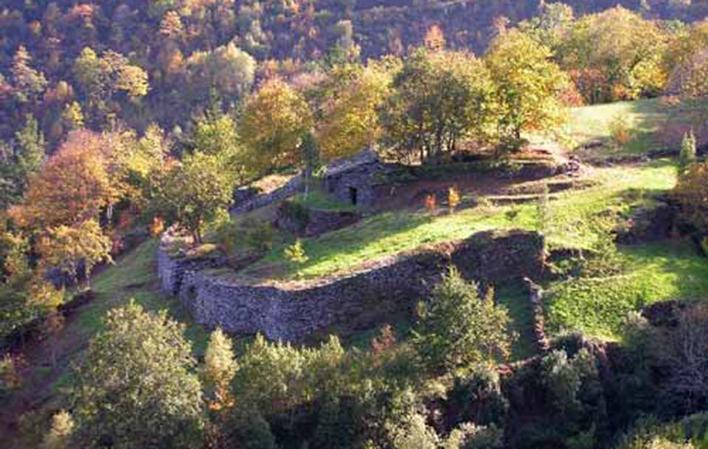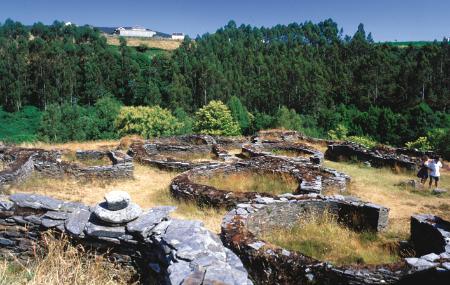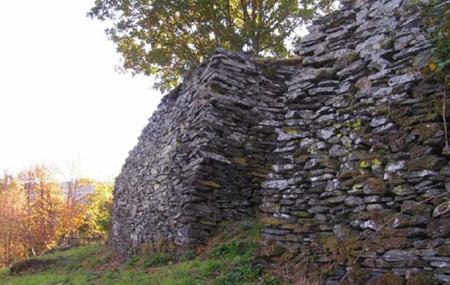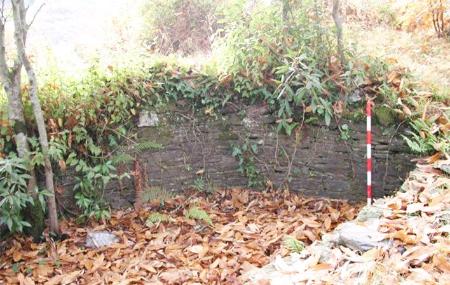
Castro de El Castelón
- Location Illano Occidente de Asturias
- Address Address: ■ 33734 - Eilao
- Acceso libre
Images
Info
El Castelón de Illano constituye un conjunto monumental en el que, a pesar de no haber sido nunca excavado arqueológicamente, son visibles sus poderosas defensas, foso y murallas, así como las ruinas de algunas construcciones en el recinto superior, característicos edificios castreños de planta sencilla y esquinas redondeadas, que fueron dadas a conocer en 1928 por Aurelio de Llano Roza de Ampudia.
El poblado se emplazó sobre un ligero resalte a media ladera y segregado de la misma mediante la excavación de, al menos, un profundo foso que protegía el acceso al recinto interior. Todo el perímetro de El Castelón se encuentra rodeado por una gran muralla que alcanza los cuatro metros de altura y mantiene un sorprendente estado de conservación.
Es probable que su fundación se remonte a la Edad del Hierro (siglos IV-I a.C.) con perduración hasta época romana (siglos I y II d.C.).
Built in:Edad de Hierro (siglos IV -I a.C)
How to get here
First Name: Castro de El Castelón
GPS: 43.327090,-6.868918
Address: ■ 33734 - Eilao



